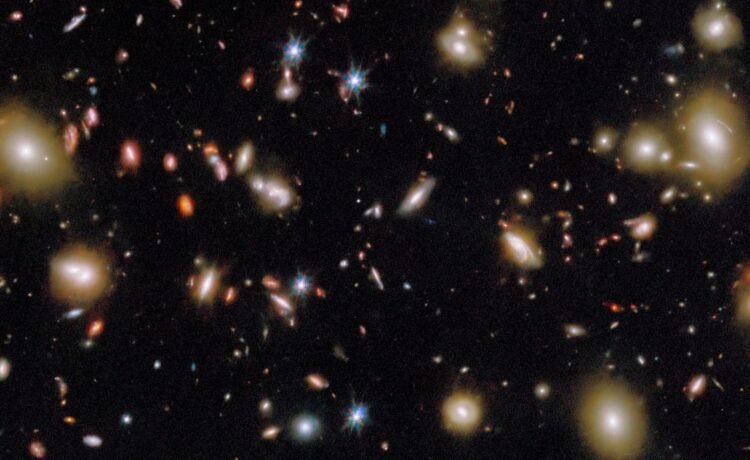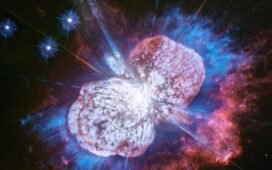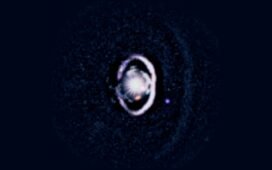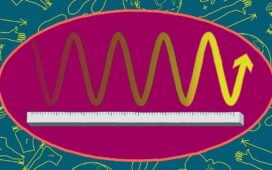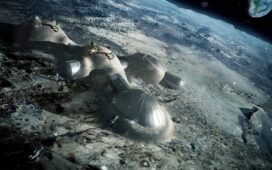Originally, the abundance of bright, early galaxies shocked astronomers. After 3 years of JWST, we now know what’s really going on.
Back when the James Webb Space Telescope (JWST) first opened its eyes on the Universe, there were a number of observations that delighted astronomers. Star-forming regions came into view crisper than ever, revealing gas, dust, knots, and the sites of new stars, protostars and planets at a deeper level than ever before. Planetary features within our own Solar System appeared sharper than any remote observatory had ever revealed. Features around recently deceased stars showed up in ways we had never seen before, allowing us to view accelerated electrons and heated dust in unprecedented fashions. And galaxies, both near and far, were seen as never before, including from supermassive black hole activity.
But in the ultra-distant Universe, a great surprise awaited. Almost as soon as we began observing galaxies found at the greatest cosmic distances, we discovered that there were more of them than we had anticipated. Not only were there more of them, but specifically the ones that stood out were the:

